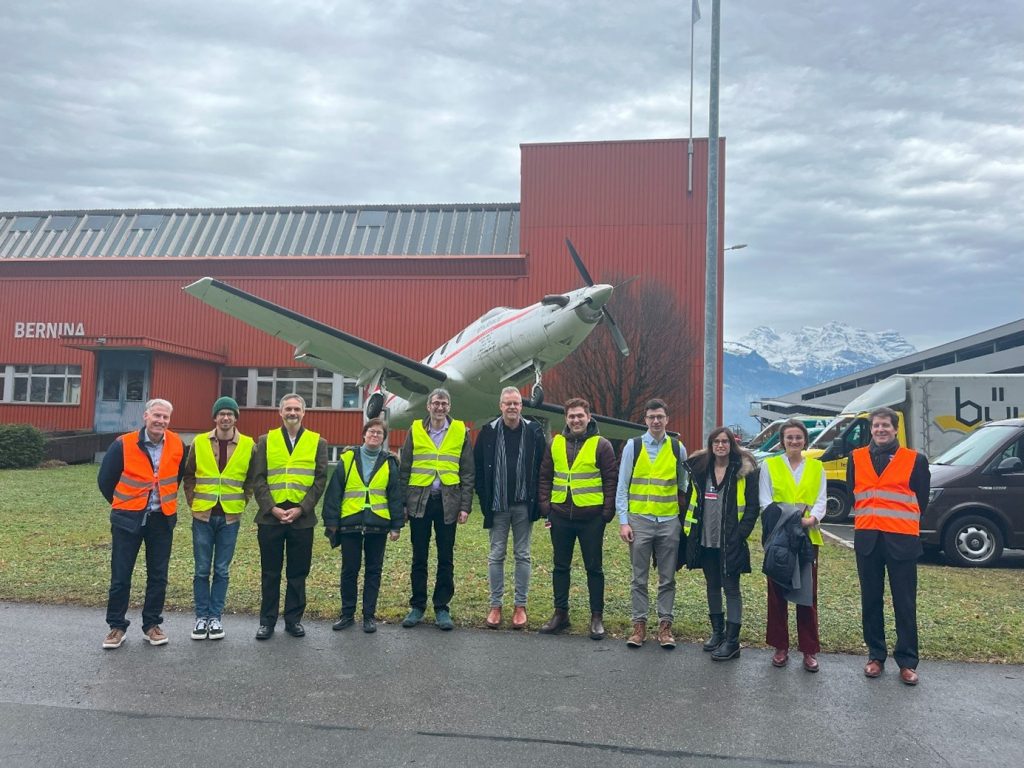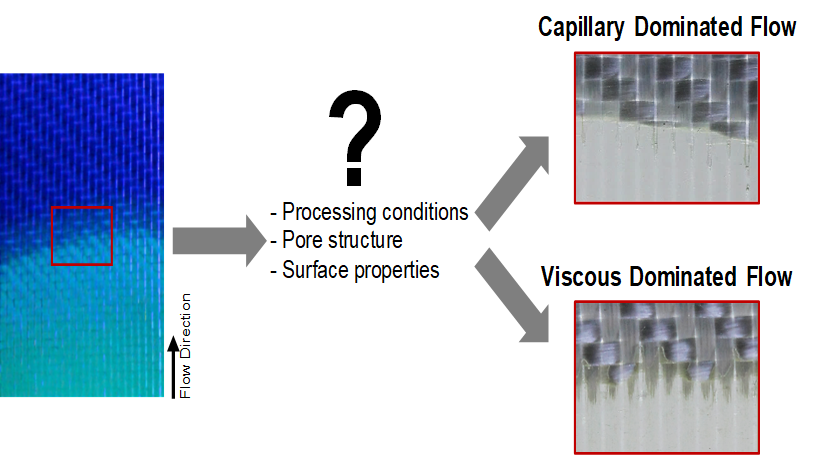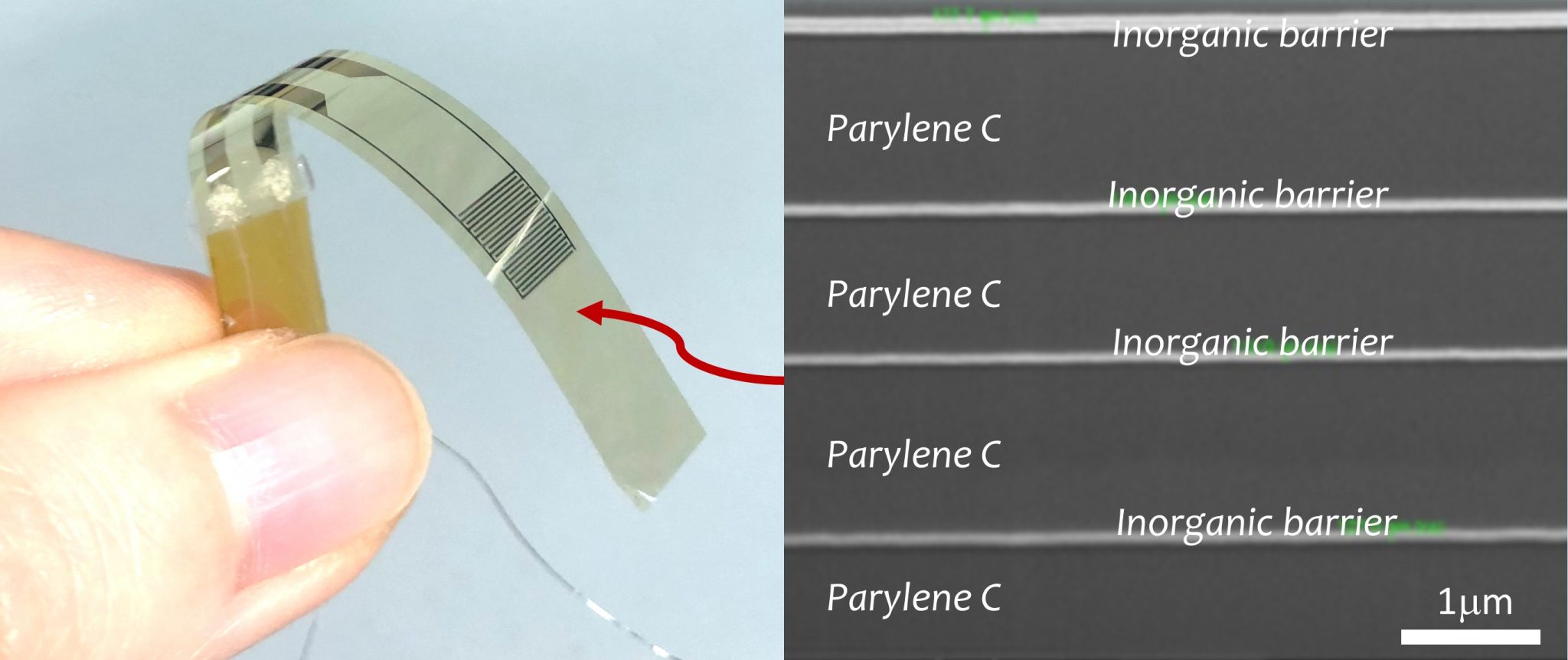2024 – 2028
Martyn Wakeman, Jean-Baptiste Desbrest, Véronique Michaud

This Innosuisse FLAGSHIP project aims at reducing the environmental impact of plastics in the industry in the context of the NetZero 2050 objectives. LPAC is involved in a subproject that will examine and develop best carbon footprint materials, using innovative approaches to materials, processes, and recycling to minimize the impact of composite materials in various industries.
The focus will also be on the eco-design of parts, anticipating end-of-life scenarios to shift from a linear to a re-wired circular economy model. Additionally, the project will seek to reorganize how materials are sourced and distributed to create a more sustainable industry, involving collaboration with multiple industrial partners.
Funding
- Innosuisse – Flagship project
Partners
- Huntsman Advanced Materials
- Pilatus Aircraft Ltd.
- OST – Eastern Switzerland University of Applied Sciences
- Composite Recycling SA
- Composites Busch SA
Fields
- Mobility (light weighting and cost effectiveness in automotive, rail, aeronautics and space)
- Sustainable materials (best carbon foot print materials, bio-based, renewable energy, recycling)
- NetZero transition strategy modelling (LCA, MFA, finance), circular economy
Selected past projects
2022 – 2023
Nour Halawani, Véronique Michaud

Glass Fiber Reinforced Plastic (GFRP) is an incredibly versatile material, commonly found in boats, planes, trains, and wind turbine blades. The majority of GFRP waste ends up in landfills, while the rest is either being incinerated or worse, abandoned in the environment. Decades of attempts to recycle GFRP have been unsuccessful, as the economic incentives were not sufficient and the materials not prone to easy recycling. In this project, we have used standard pyrolysis technology which heats up the GFRP in a static oxygen free environment. This removes the plastic from the fibers leaving the fibers slightly damaged during this process, and in a difficult-to-handle form. A lab-scale protocol was thus developed to produce and test a Fiberglass mat from reclaimed fibers. This includes the development of a dispersion method, surface treatment, sizing application, and adhesion promotor, as well as preliminary protocol for mat production, up to composite testing and environmental impact analysis, to identify the main hurdles towards successful implementation.
Funding
- Gebert Rüf Stiftung Innobooster GRS-025/22
Fields
- Sustainable materials (recycling)
2018 – 2023
Helena Teixidó, Jeroen Staal, Baris Caglar, Véronique Michaud

The Dynaflow project aims to probe the dynamics of flow in fibrous porous media, as used in advanced composite materials, by addressing several main points. i) One aim is to further develop the in-situ experimental methods to analyze multiphase flow processing, using advanced and novel techniques available at CSEM to enable the macro-scale observation of dynamic resin flow patterns. ii) Results of macro-scale observations will be coupled with local observation of frozen microstructures using microtomography. iii) The multiscale in-situ experimental data will feed process models that account for multiphase fluid flow effects, extended to velocity-dependent capillary forces and hierarchical pore structures.
Funding
Project partner
- CSEM – Centre Suisse d’Electronique et de Microtechnique SA
Project webpage
Publications
-
Yuksel, Onur; Caglar, Baris; Broggi, Guillaume; Michaud, Véronique; Akkerman, Remko; Baran, IsmetSaturated transverse permeability of unidirectional rovings for pultrusion: The effect of microstructural evolution through compaction. In Polymer Composites, 1–18. https://doi.org/10.1002/pc.28171
-
Staal, Jeroen; Smit, Edgar; Caglar, Baris; Michaud, VéroniqueThermal management in radical induced cationic frontal polymerisation for optimised processing of fibre reinforced polymers. In Composite Science and Technology, 237(May), 110009. https://doi.org/10.1016/j.compscitech.2023.110009
-
Teixidó, Helena; Broggi, Guillaume; Caglar, Baris; Michaud, VéroniqueMeasurement and modelling of dynamic fluid saturation in carbon reinforcements. In Composites part A, 169, 107520. https://doi.org/10.1016/j.compositesa.2023.107520
-
Caglar, B.; Broggi, G.; Ali, M.A.; Orgéas, L.; Michaud, V.Deep learning accelerated prediction of the permeability of fibrous microstructures. In Composites Part A: Applied Science and Manufacturing, 158, 106973. https://doi.org/10.1016/j.compositesa.2022.106973
-
Teixidó, H.; Staal, J.; Caglar, B.; Michaud, V.Capillary Effects in Fiber Reinforced Polymer Composite Processing: A Review. In Frontiers in Materials, 9, 809226. https://doi.org/10.3389/fmats.2022.809226
-
Caglar, Baris; Esposito, William; Nguyen‐Dang, Tung; Laperrousaz, Stella; Michaud, Véronique; Sorin, FabienFunctionalized Fiber Reinforced Composites via Thermally Drawn Multifunctional Fiber Sensors. In Advanced Materials Technologies, 6(3), 2000957–2000957. https://doi.org/10.1002/admt.202000957
-
Staal, Jeroen; Caglar, Baris; Hank, Travis; Wardle, Brian L.; Gorbatikh, Larissa; Lomov, Stepan V.; Michaud, VéroniqueIn-series sample methodology for permeability characterization demonstrated on carbon nanotube-grafted alumina textiles. In Composites Part A: Applied Science and Manufacturing, 150, 106631–106631. https://doi.org/10.1016/j.compositesa.2021.106631
-
Teixidó, Helena; Caglar, Baris; Revol, Vincent; Michaud, VéroniqueIn-operando dynamic visualization of flow through porous preforms based on X-ray phase contrast imaging. In Composites Part A: Applied Science and Manufacturing, 149, 106560–106560. https://doi.org/10.1016/j.compositesa.2021.106560
-
Daelemans, Lode; Tomme, Brecht; Caglar, Baris; Michaud, Véronique; Van Stappen, Jeroen; Cnudde, Veerle; Boone, Matthieu; Van Paepegem, WimKinematic and mechanical response of dry woven fabrics in through-thickness compression: Virtual fiber modeling with mesh overlay technique and experimental validation. In Composites Science and Technology, 207, 108706–108706. https://doi.org/10.1016/j.compscitech.2021.108706
- Caglar B, Tekin C, Karasu F, Michaud V. Assessment of capillary phenomena in liquid composite molding, Composites Part A: Applied Science and Manufacturing, 120, 73-83, 2019. https://doi.org/10.1016/j.compositesa.2019.02.018
For other outputs (conferences, data, communications), visit the project webpage
Arif Poothanari, Yves Leterrier, Véronique Michaud

Hybrid piezoelectric nanocomposites based on surface modified graphene/microfibrillated cellulose (MFC) and poly(vinylidene fluoride) (PVDF) are developed for energy harvesting applications. The role of the fillers is first to promote the crystallization of PVDF into its polar beta-phase, and second to achieve exceptional thermomechanical stability. Fluorinated and amine-induced H-bonded interfaces are produced for both graphene and MFC and their influence on the crystalline state, mechanical and electrical properties of composites is systematically explored within a broad compositional space. Pristine and fluorinated fillers hinder beta-phase, in contrast to aminated fillers, which lead to the best property combination.
Funding
- Swiss Government Excellence Scholarships
Partners
- Prof. Damjanovic, EPFL
Kyungjin Kim, Julien Carron, Yves Leterrier

XInoCaps is a Comelec SA-LSBI-LPAC collaboration to develop organic/inorganic barrier coatings for implantable medical devices. The multilayer coatings combine Parylene C and inorganic ALD/PECVD films. These coatings are produced in a new kind of hybrid equipment developed by Comelec, allowing alternative depositions in a single deposition chamber. Specifically, LPAC designs and characterizes the multilayer structure to improve both flexibility and barrier performance in terms of crack onset strain, oxygen/water vapor permeability, and lifetime of barrier coated electrodes. Our ultimate goal is to standardize such design and procedure to coat any fabricated flexible devices at low temperature and demonstrate a new generation of soft biomedical implants with improved lifetime reliability.
Funding
- Innosuisse
Partners
- Comelec SA (http://www.comelec.ch)
- Laboratory for Soft Bioelectronic Interfaces (LSBI-EPFL)